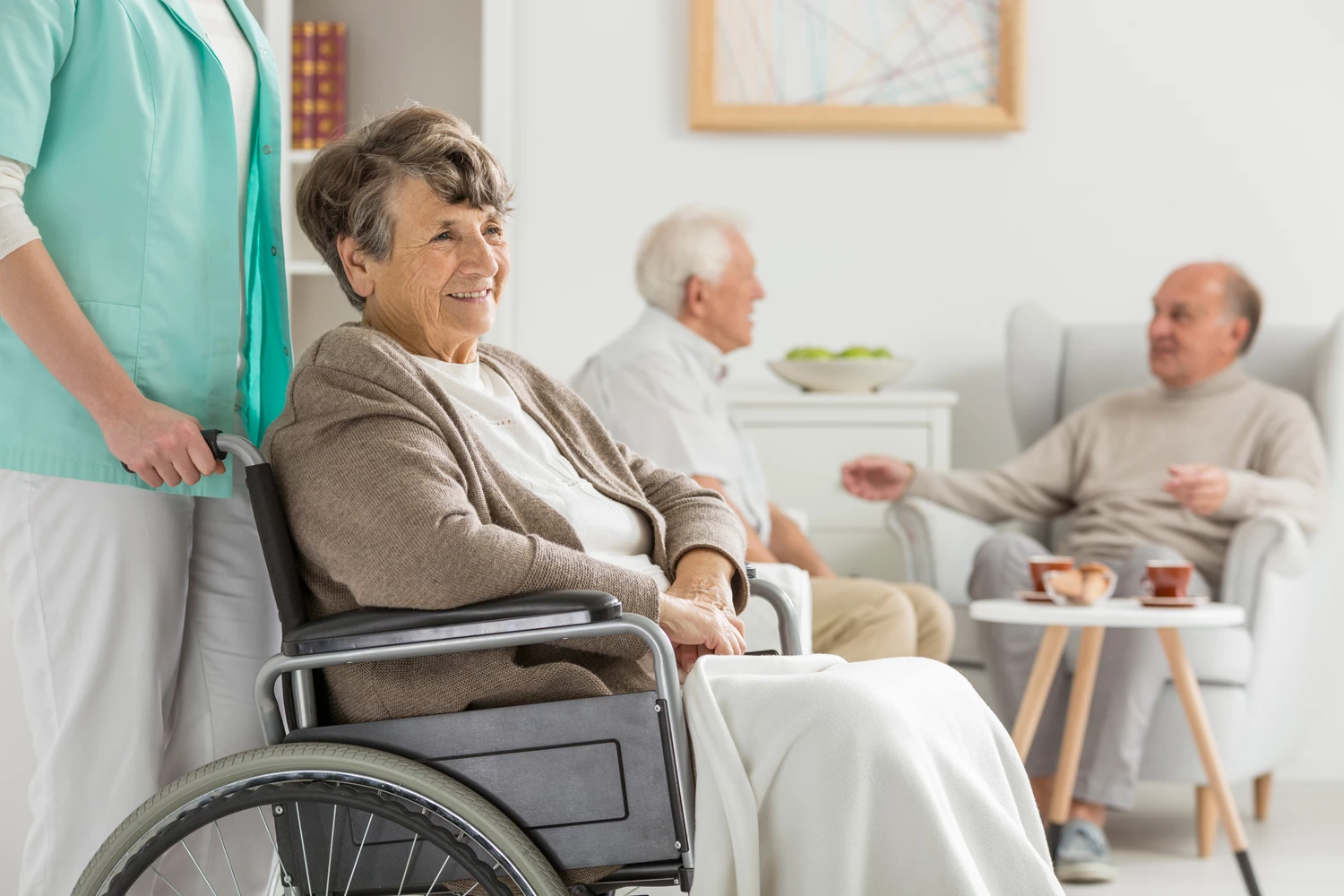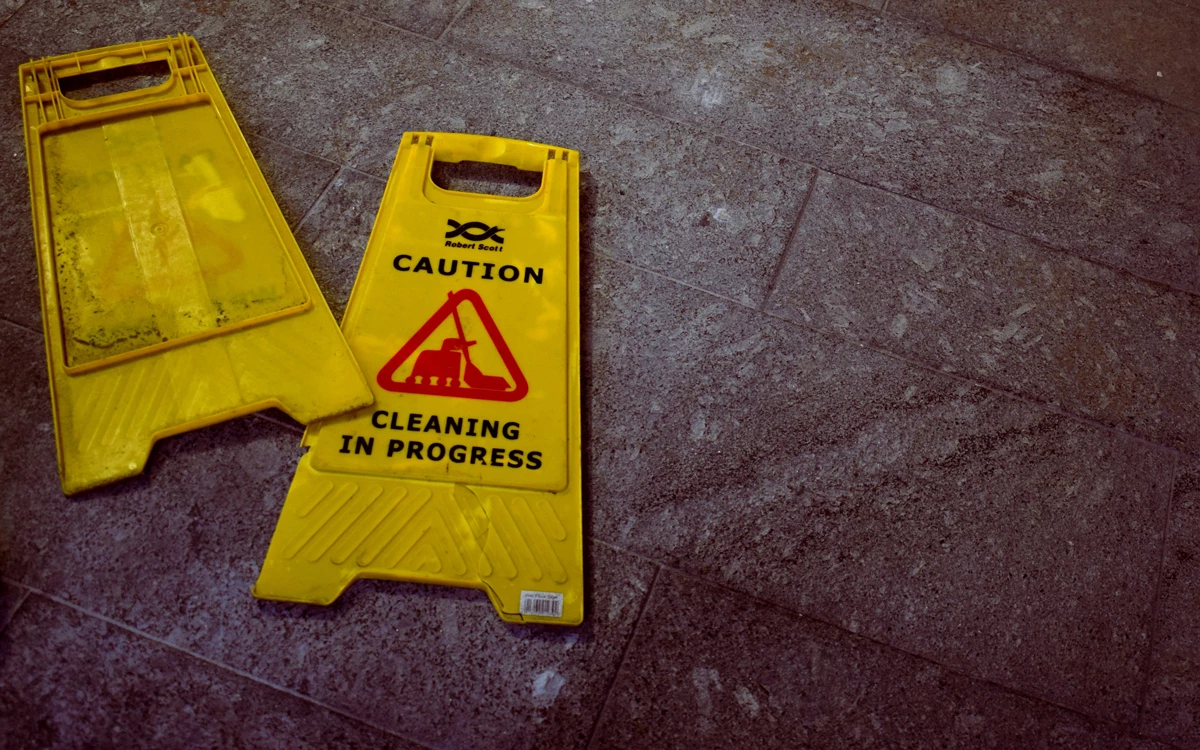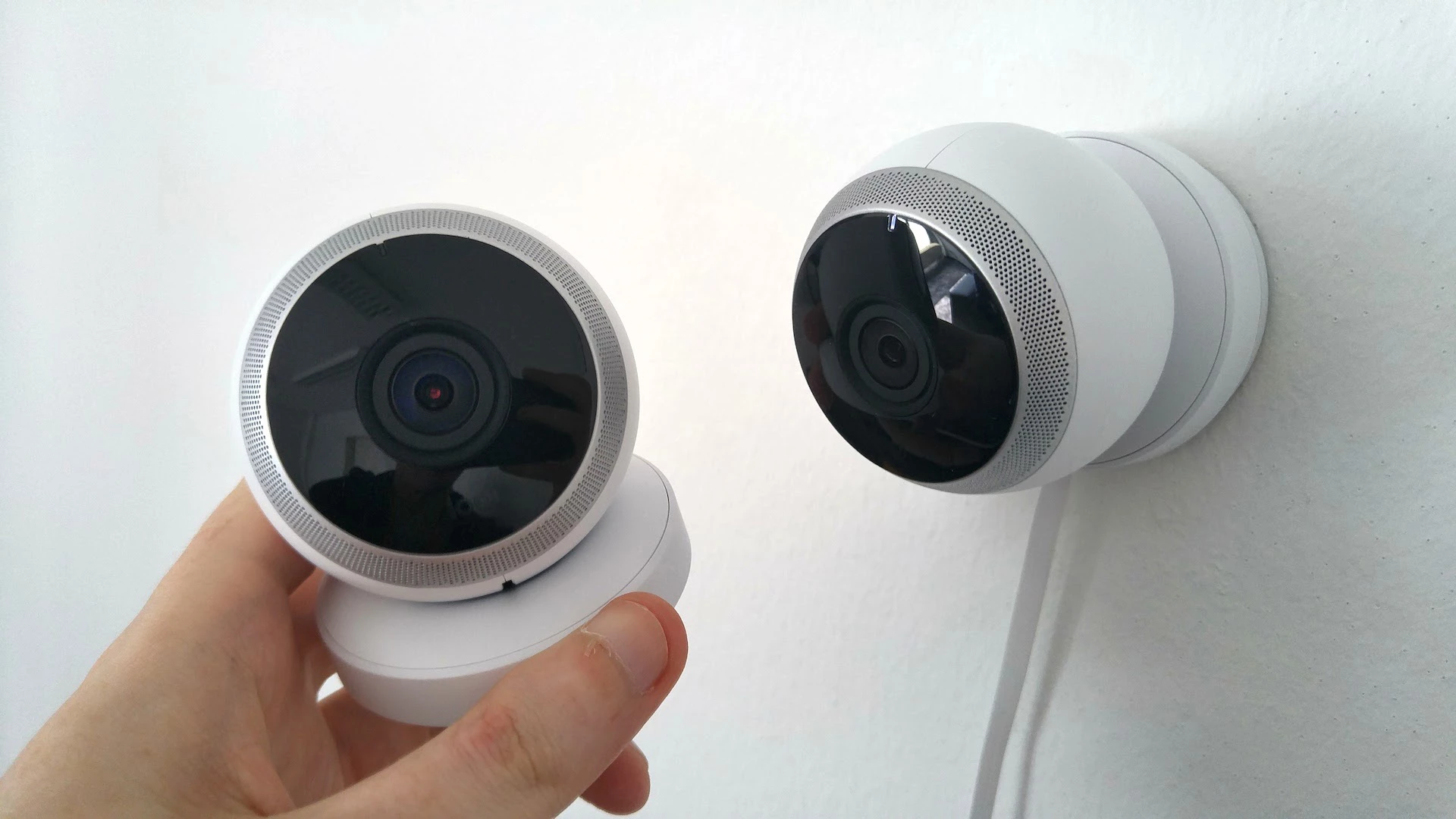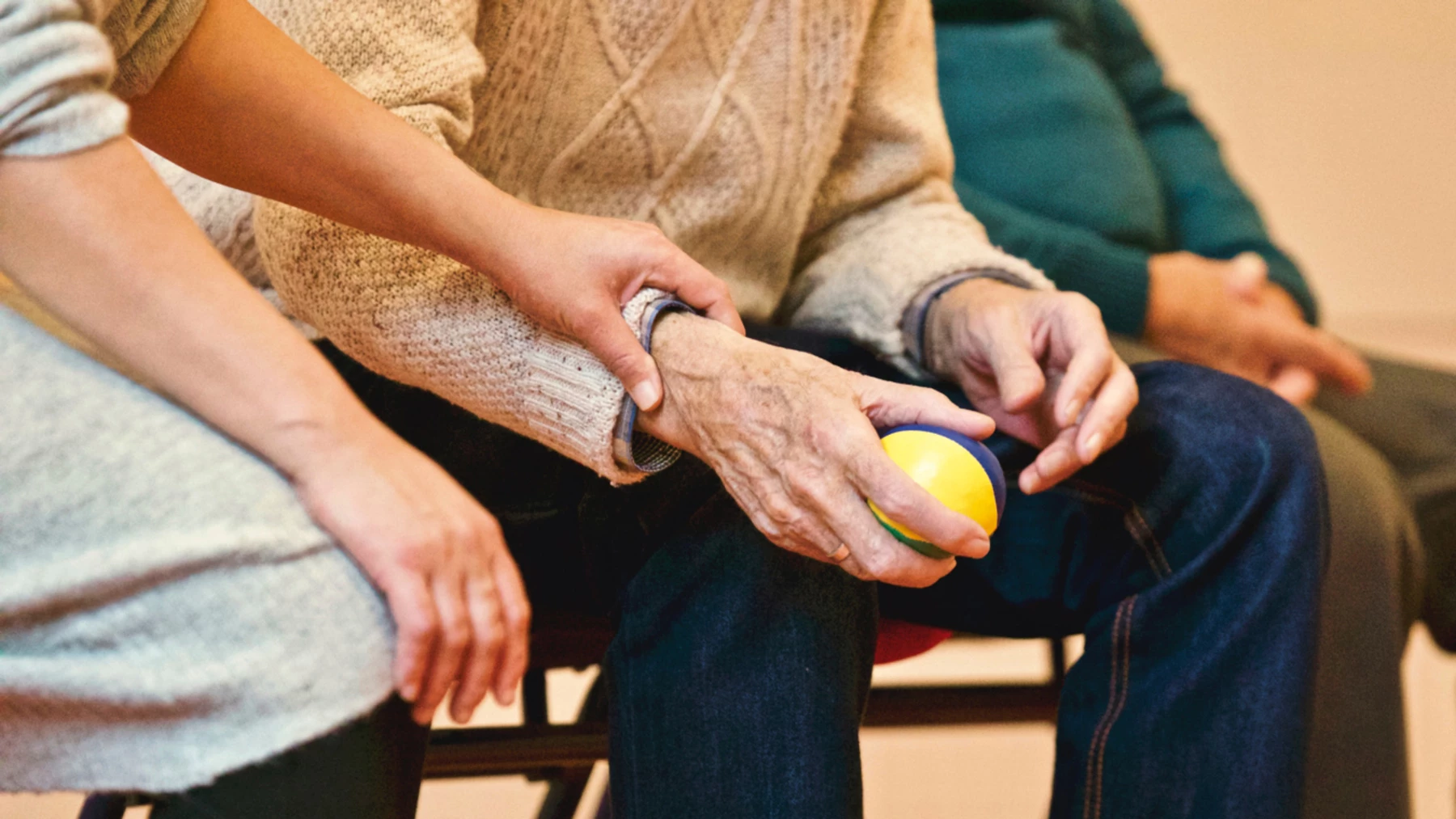31/03/2021 | Category: Commercial Insurance

A key consideration when a family moves a relative into a nursing home is that person’s safety. Assisted living offers a safer environment than life at home on their own, and that can help family members make the decision that an elderly loved one will be better off in a care.
The alternative is a private nursing team or round-the-clock care from an in-home agency, but these options can be expensive.
A nursing home will often provide a safer environment for older family members than living alone, but there are still safety hazards anyone running a nursing home needs to be aware of.
This is a guide for anyone working in a health and social care capacity to understand those potential risks and suggest ways to reduce them.
1. Slips and falls
Spilled liquid is a hazard on any floor, let alone on a floor used by older, more frail individuals. Spills are going to happen from time to time, so the best thing you can do is take action immediately.
The first thing to do is to put down a wet floor sign warning everyone (residents, staff and visitors) to take care when walking nearby.
The next step is to clean up the mess as quickly as possible and make sure the floor is completely dry before the sign is removed. When dealing with bodily fluid spills (such as urine or vomit) you should use a dedicated medical spills kit. Regular checks need to be made to ensure spills do not put residents, staff and visitors at risk of slipping or falling.
2. Fire
The risk of fire is something any business must be vigilant about. A fire could start anywhere in a nursing home putting people in real danger, but the kitchen is the most likely place a fire could break out.
According to data from the London Fire Brigade, cooking and cookers cause the most fires in residential care homes (41%), followed by other kitchen appliances (21%) and smoking-related incidents (13%).
To limit the risk of fire, smoking should be controlled and monitored, electrical equipment checked and not placed close to flammable materials, and fire doors should be installed throughout the building (and definitely not left wedged open).
3. Spread of infections
Every year, tens of thousands of nursing home residents contract infections that cannot be treated with antibiotics.
The threat of infection in a nursing home is a serious one, with common sources including urinary catheters, pressure sores and contagious diseases such as pneumonia.
All individuals living, working and visiting a residential care facility need to wash their hands thoroughly and regularly. Bathrooms should be regularly cleaned to prevent the spread of germs, and bins regularly emptied and cleaned. It is also important that family members and friends of residents know not to visit the home when they are unwell.
4. Lack of security
Residential care premises need to be kept safe at all times of day and night. Every nursing home should have cameras set up in reception and around the outside of the building - with the resulting footage monitored.
It is important that visitors present photo identification when they arrive, signing themselves in and out again when they leave. A nursing home also needs sufficient security measures in place to ensure residents (especially those with dementia and Alzheimers) do not wander out of the building or off the premises unsupervised.
Unlocked exits need to be monitored and security procedures in place in the event of an emergency.
5. Medication errors
As we get older, we invariably need to take more medication on a regular basis. Unfortunately, the more drugs we take, the greater the risk of an adverse reaction or overdose occuring. Nursing home staff need to be aware of what and how much medication each resident takes, both prescription and over-the counter.
Many nursing homes operate a strict, highly-organised system for administering medicines to residents, which involves sealing daily doses in packages and cross-referencing them to a medication list before administration. This is something all nursing homes should do to reduce the risk of medication errors.
6. Blocked corridors and passages
Corridors and walkways that are obstructed are not great for anyone using a stick or walker. At best, obstructions are annoying; at worst, they can cause trips and falls.
Make sure that all communal walkways are kept clear of boxes wheelchairs and tea trolleys (or any other clutter) and that there is clear access to bathrooms and communal areas. Bags should also be kept out of the way so make sure you offer staff and visitors somewhere safe to store them.
7. Unsafe use of beds and chairs
Bed rails that have been poorly fitted or chairs that do not have armrests can present a serious risk to nursing home residents. Poorly fitted bed rails could result in someone getting trapped between the rail and bed, rolling over the rail or dislodging one of the rails.
Meanwhile when it comes to chairs, many older people rely on armrests to get up out of a seated position. Chairs without armrests can increase the risk of falls. Make sure the beds and chairs you have in the nursing home are safe and appropriate for use.
8. Insufficient lighting in living areas
Staff, residents and visitors need to be able to see what they are doing at all times, and lighting is especially important for older people. If lighting is inadequate, this can result in injury – the leading cause of injury in nursing home residents is falls.
Dim lighting can lead to trips and falls when obstacles are not seen. However, it’s worth bearing in mind that lighting that is too bright can be dangerous as well.
9. Losing sight of your main priority
The care and wellbeing of residents is the number one priority for any nursing home. You need to do everything you can to give them the attention they need and keep them safe. It all comes down to taking enough time and care in everything you do.
At Insurance Choice, we arrange commercial insurance to cover a wide range of nursing and care homes, giving you the time and space you need to stay focused.
By tailoring commercial insurance policies to your business’ specific needs, we can help you concentrate on your residents.
Get a quote today.
Policy benefits, features and discounts offered may very between insurance schemes or cover selected and are subject to underwriting criteria. Information contained within this article is accurate at the time of publishing but may be subject to change.
